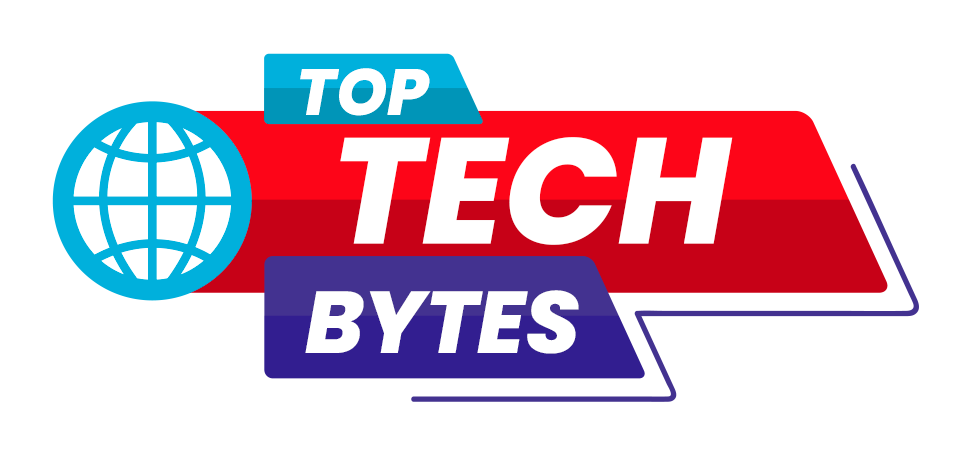India’s DoT Starts CNAP Trial for Caller Name Display to Strengthen Telecom Security and Transparency
The Department of Telecommunications (DoT) has directed telecom operators to launch Calling Name Presentation (CNAP) trials within seven days, enabling caller name display on phones. The CNAP service aims to reduce spam calls, boost user safety, and modernize India’s telecom network under the Digital India initiative.

The Department of Telecommunications (DoT) has instructed Indian telecom companies to start evaluating the Calling Name Presentation (CNAP) service, which shows the name of the caller, within the next seven days. This is a big step toward making the service available to everyone in the country. Its goal is to help people figure out who is calling them and cut down on spam and scam calls.
Reports say that the pilot would last for 60 days and that telecom providers can choose any telecom circle or state to test in. During this time, the name of the caller, which is derived from the Customer Application Form (CAF), will show up on the screen of the person who answers the phone. The DoT has directed all telecom companies to send in weekly success reports during the pilot phase. These upgrades will assist find and fix any technical or network problems before the full rollout across India.
The CNAP system has successfully completed tests on networks that are 4G and newer. The telecom companies Reliance Jio, Bharti Airtel, and Vodafone Idea (Vi) have tried out the feature in Haryana and Maharashtra, with help from the DoT. Jio runs fully on 4G and 5G networks, and it made its own CNAP technology, which makes it easier to roll out faster.
On the other hand, Airtel and Vi have worked with Nokia to set up the IP Multimedia Subsystem (IMS) platform, which is an essential technology that enables CNAP, spam analytics, and international call filtering possible. However, both companies are having trouble making this capability available to 2G users because the older 2G infrastructure doesn't have the software updates that are needed for CNAP integration.
The Department of Transportation (DoT) says that CNAP can't be used on old 2G networks since there aren't any software updates that work with them and the networks are too outdated. So, around 200 million 2G subscribers won't be able to use this service at first. The DoT has been asked by operators for more help on how to make this capability available to 2G users in the future.
The CNAP service will be available all around the country in the next few months if the trial phase goes well. By default, all users will have this feature turned on, although customers will still be able to turn it off if they want to.
The CNAP service is projected to change India's telecom system by making it more open, cutting down on fake calls, and making users safer. This fits perfectly with India's goal of having a technologically secure communication network.
Information referenced in this article is from Money Control







